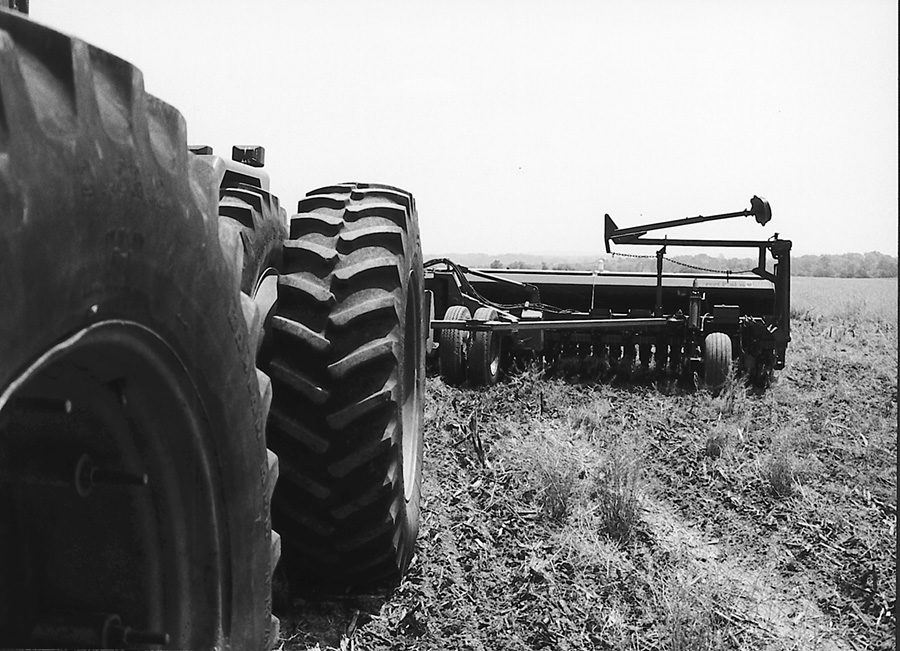No-Till Farmer
Get full access NOW to the most comprehensive, powerful and easy-to-use online resource for no-tillage practices. Just one good idea will pay for your subscription hundreds of times over.

Sunlight interception is the name of the game when it comes to producing a good no-till soybean crop, maintains Jim Beuerlein, agronomist at Ohio State University.
No-tillers can do several things to maximize sunlight interception but, according to Beuerlein, planting date and row spacing are the most important.
 1. Early Vs. Late No-Tilling
1. Early Vs. Late No-TillingSeveral years of Ohio research have shown that early planted soybeans yield better than late season varieties. This is because the time of maximum available sunlight is late June, explains Beuerlein.
“By August and September, only 75 percent as much light is available,” he says. “We want to move our grain fill period back toward June if we can. That’s what happens with shorter season varieties.”
Narrow rows help because the canopy develops more quickly and thus grabs more sunlight. “The more sunlight you intercept, the better your no-till grain yields will be. If you can double sunlight interception, you can increase yields about 80 percent. It’s that close of a relationship,” says Beuerlein.
The agronomist cites studies showing that 30-inch rows planted late average 22 bushels per acre. When narrower rows were used (even when planted late), yields increased. Yields also have increased on early planted wide rows.
When added together, you can average 22 bushels per acre from late planted wide rows compared to 58 bushels per acre with early planted narrow rows, says Beuerlein.
 2. Get Quick Canopy
2. Get Quick CanopyIdeally, farmers should have a complete canopy in the Columbus, Ohio, and Indianapolis, Ind., latitude by…